Lövstabruk in Uppland is one of the so-called 'vallonbruks' in Sweden, a historic ironworks dating back to the 16th century. It was once the largest ironworks in Sweden, owned by the de Geer family for 13 generations. Today, the mill is a popular tourist destination with attractions, exhibitions and an inn.
Table of contents
Lövstabruk
Lövstabruk is perhaps one of the most beautiful vallon farms in Uppland. The yellow houses are reflected in the area's lakes and the buildings are surrounded by intense greenery, at least this time in May. Not everything was open now because of the pandemic, but at least it was free to roam and the doors of the inn were also open.
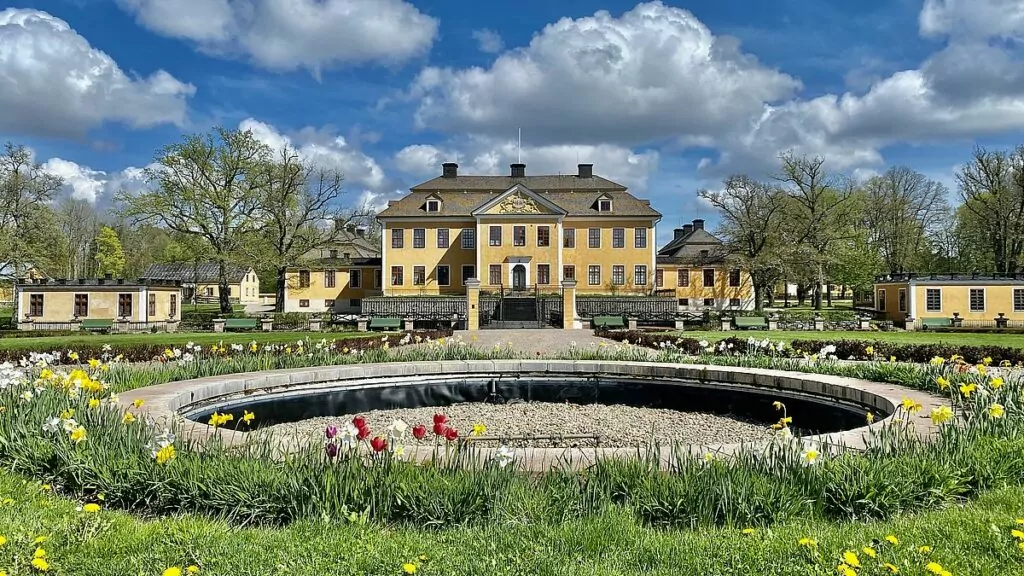
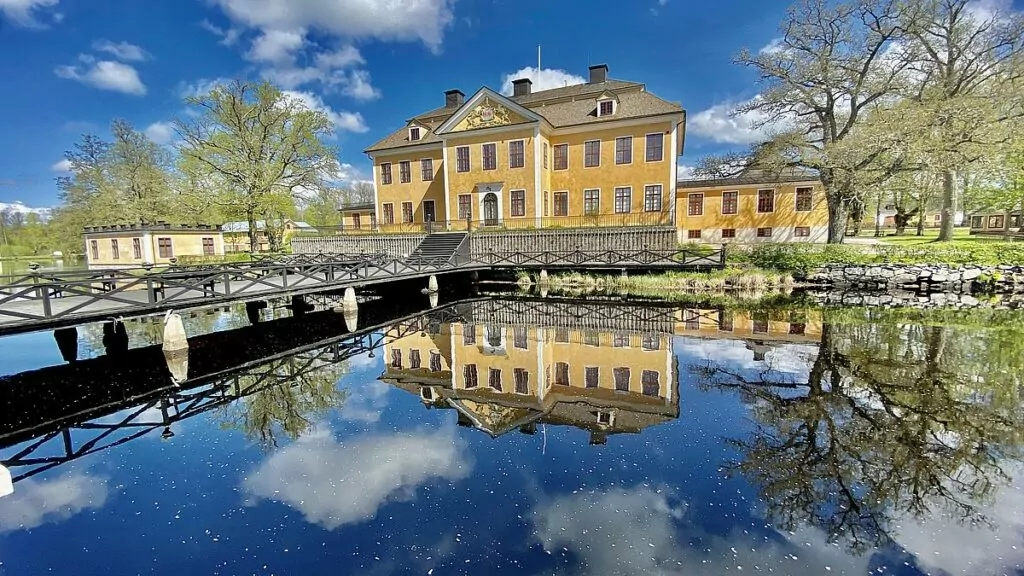
Lövstabruk is located in Uppsala County, about 7 kilometres northeast of Uppsala and about 6 kilometres southeast of Gävle.
Owned by the de Geer family - for 13 generations
People have been processing iron in the area around Lövstabruk for a long time, and at the end of the 16th century a crown mill was established here and named 'Lövsta'. In the 17th century, the mill was taken over by the Walloon-Dutch merchant Louis de Geer, and it remained in the family for no less than 13 generations.
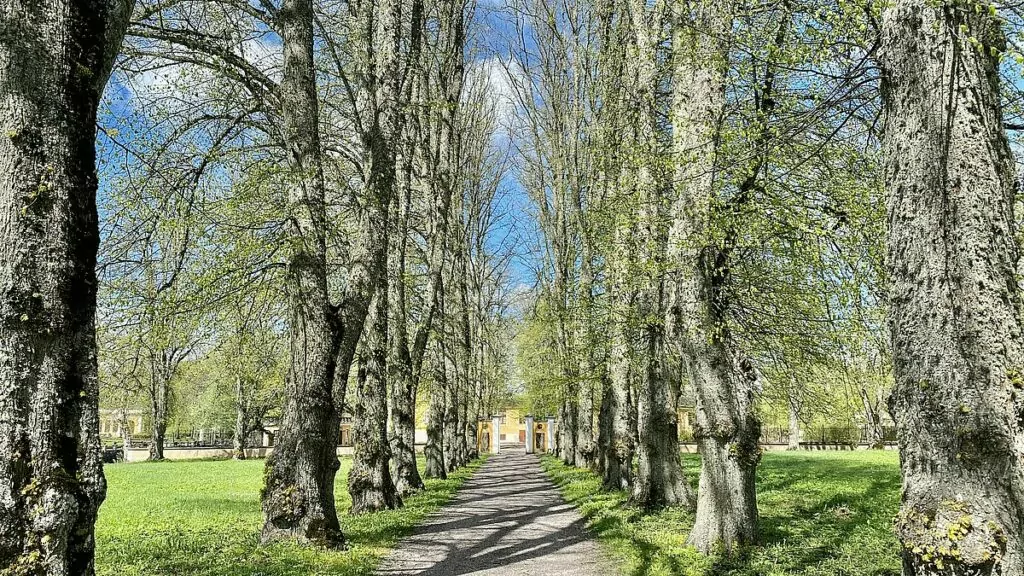
During the 17th century, many Walloon blacksmiths and their families moved to Sweden to work in the flourishing ironworks. The Walloon craftsmen were familiar with new techniques, which helped to make ironworking in Sweden more efficient. Many eventually moved back to Belgium, but others stayed on, with the result that many still consider themselves to have 'Walloon blood' in their veins.
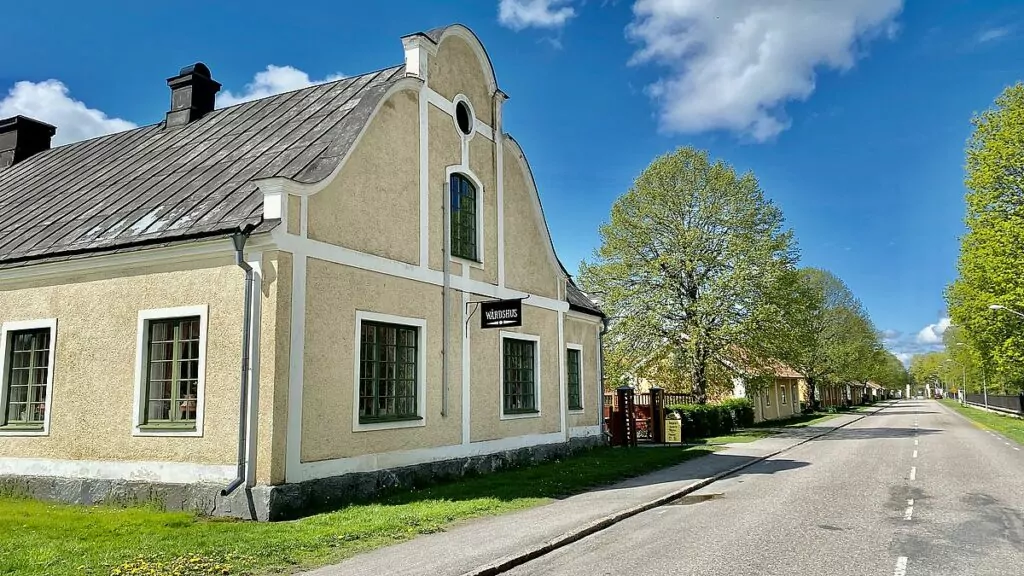
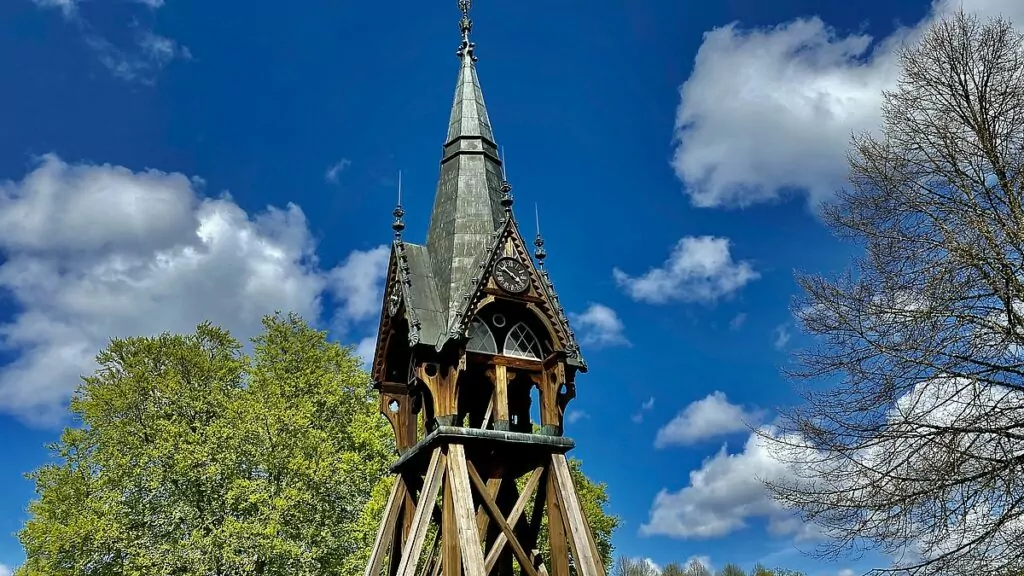
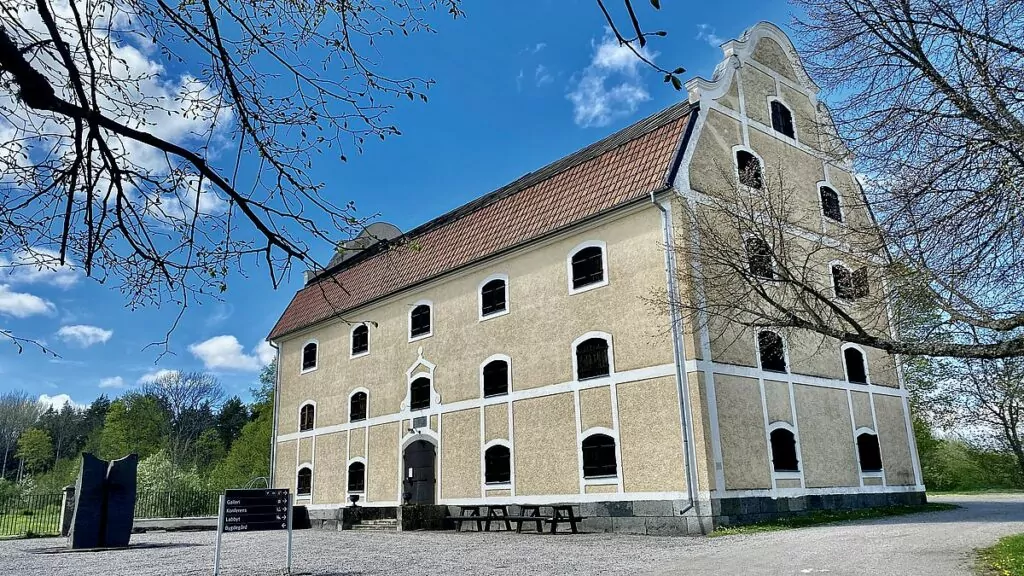
In 1719, Lövstabruk, like virtually everything else along the Roslagen coast, was burned down during the so-called Russian raids. However, the de Geer family quickly rebuilt their property, and many of the buildings you see today date back to the years following the Russian raids.
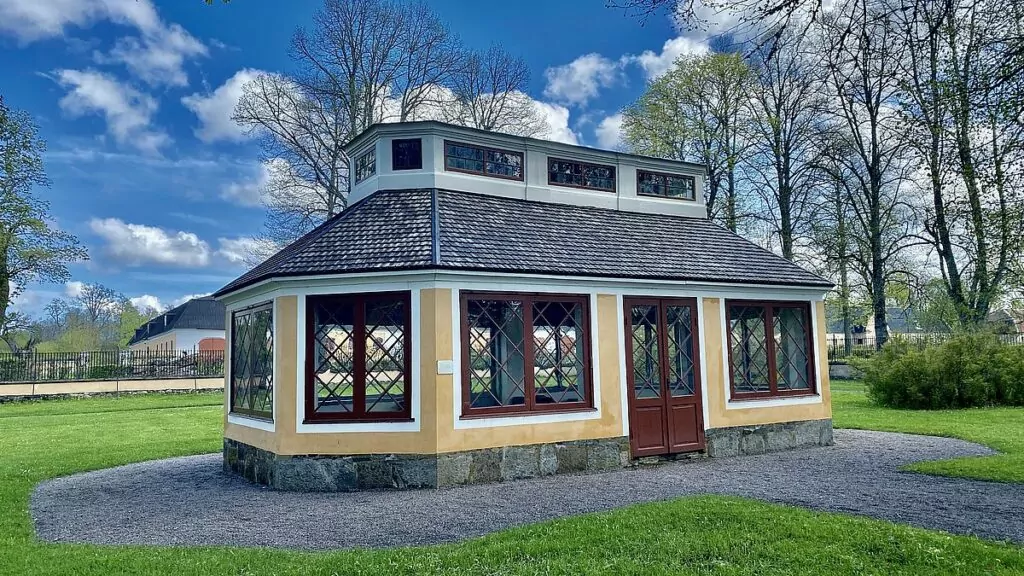
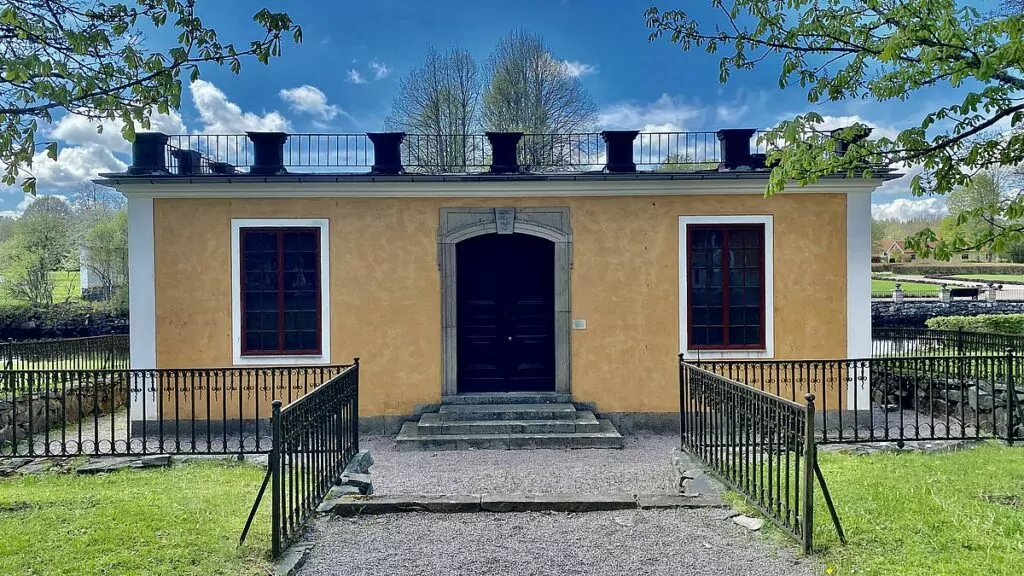
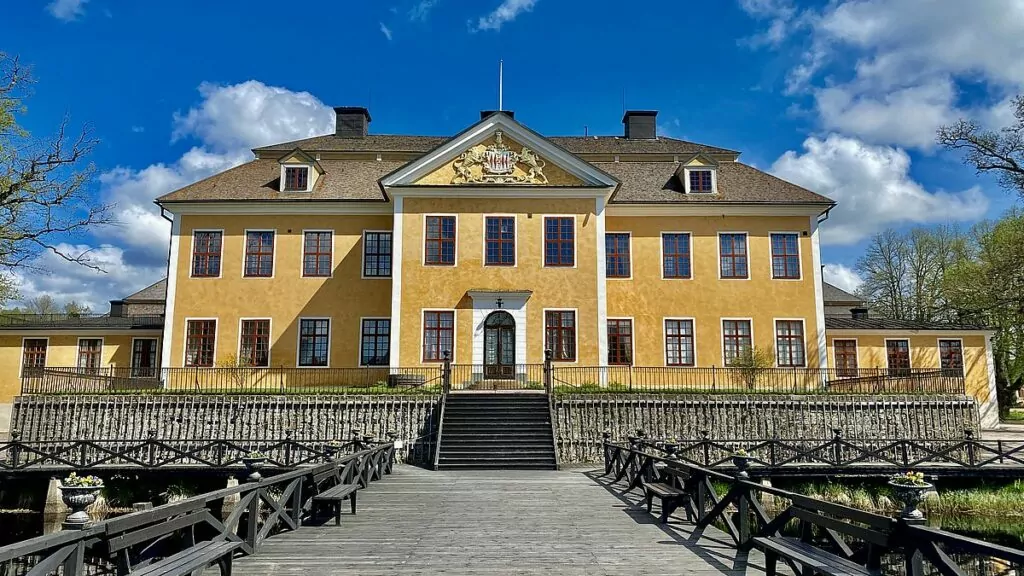
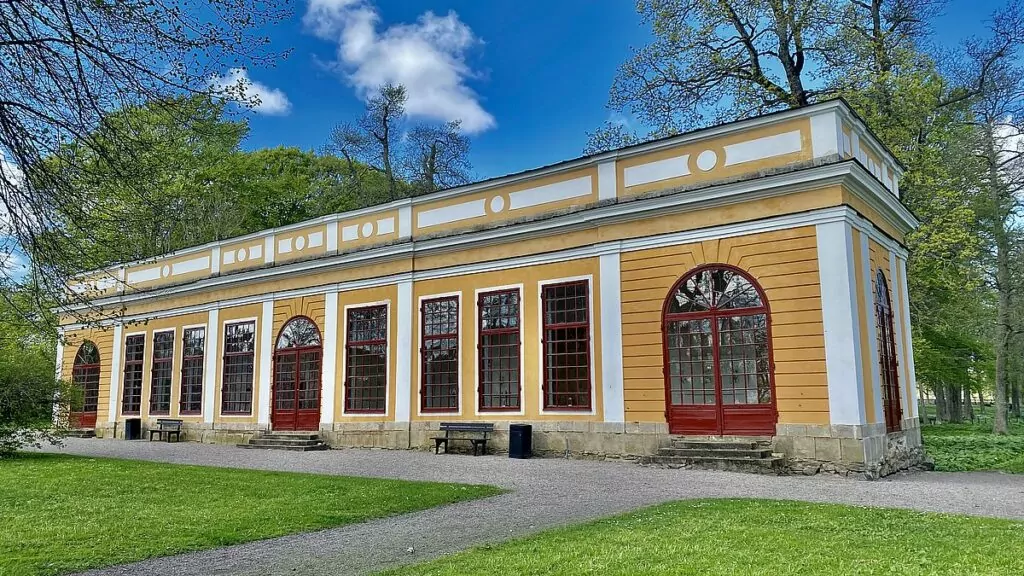
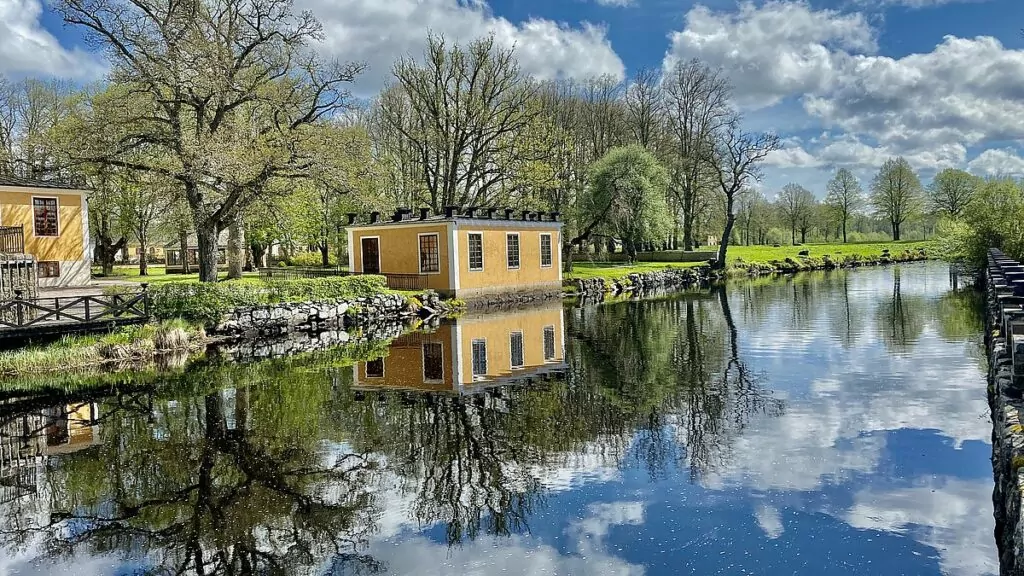
Visiting Lövstabruk
All visits in these pandemic times are a bit different because some are closed, but the visit to Lövstabruk was still very nice. We had fantastic weather, and were able to take lovely walks in the beautiful surroundings.
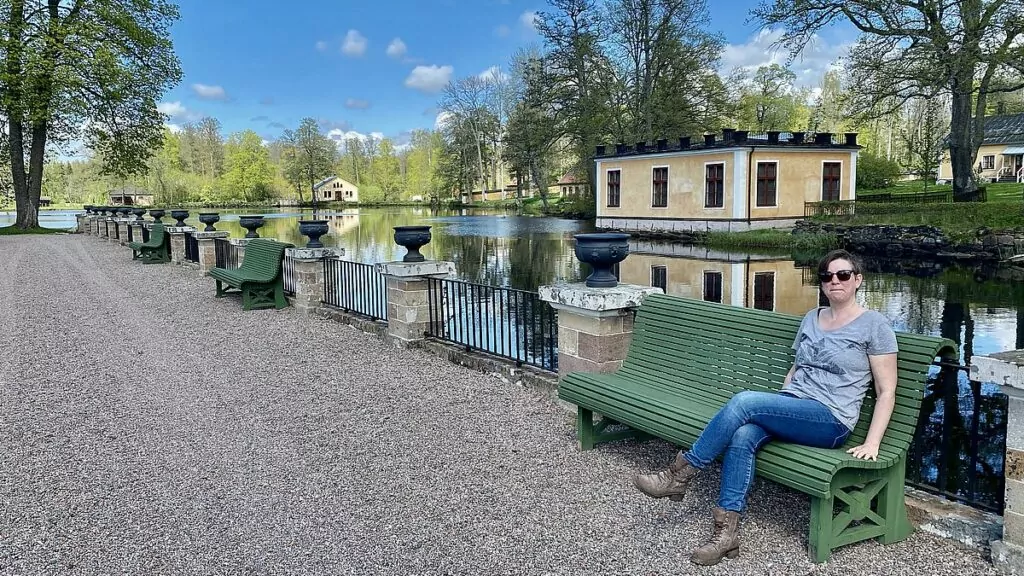
The inn was open for lunch, but since we had already eaten it was not suitable for us this time. The garden shop Drivhuset was also open, selling seedlings and plants. Guided tours, blacksmiths, galleries and children's activities had not yet opened - but in other circumstances you can expect more activity.
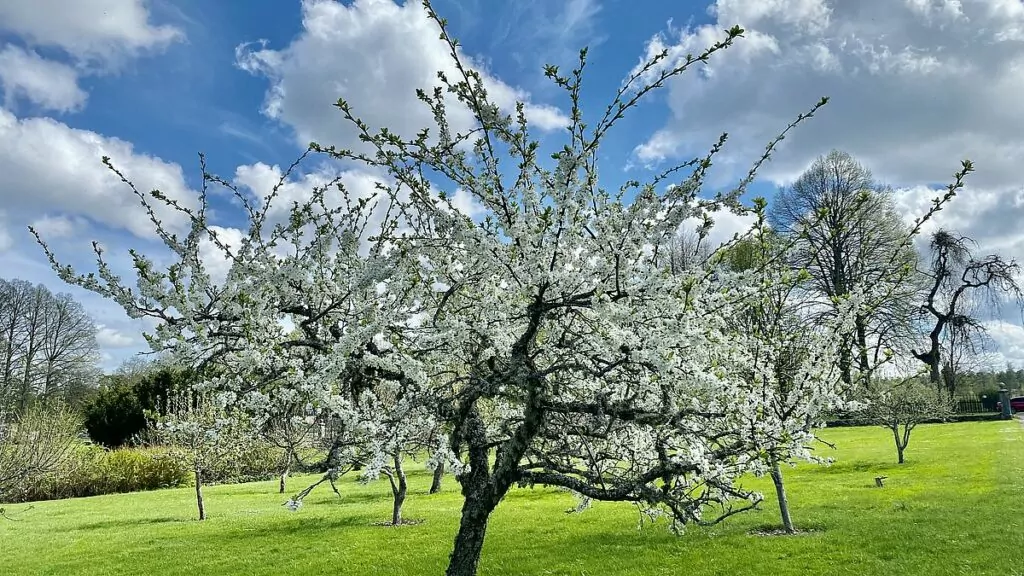
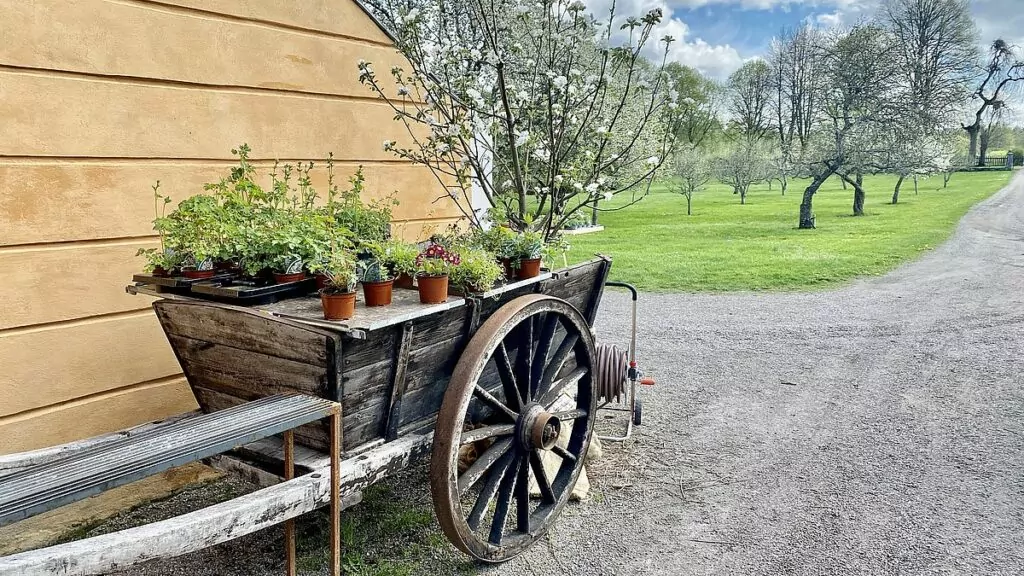
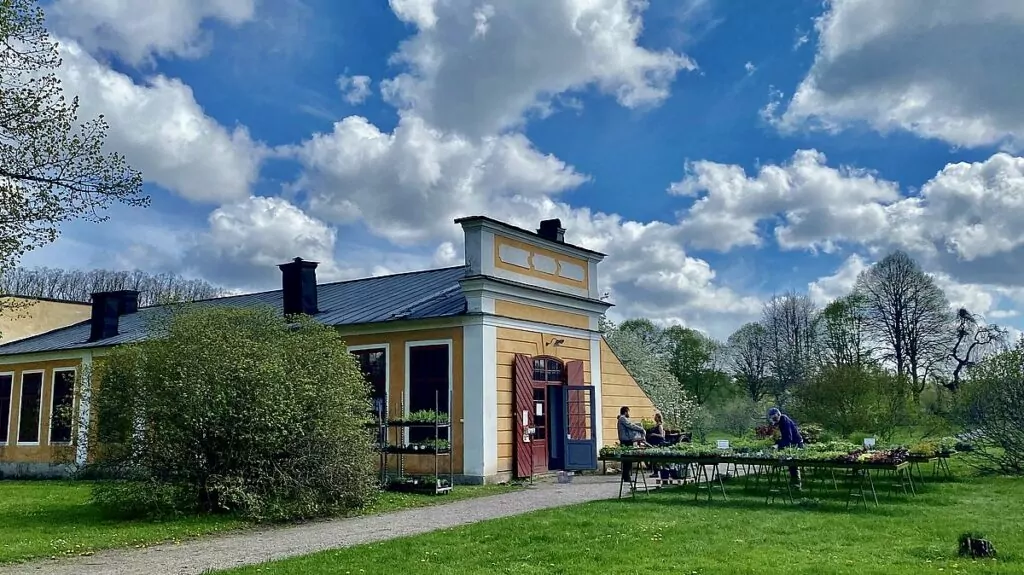
We also found two signposted walks - the forest walk and the industrial walk. It looked muddy in the forest, so we didn't bother to follow either of them properly, but we did follow the sign for "coal mile". Here we could see two examples of coal miles, where coal was produced by heating wood with limited access to oxygen.
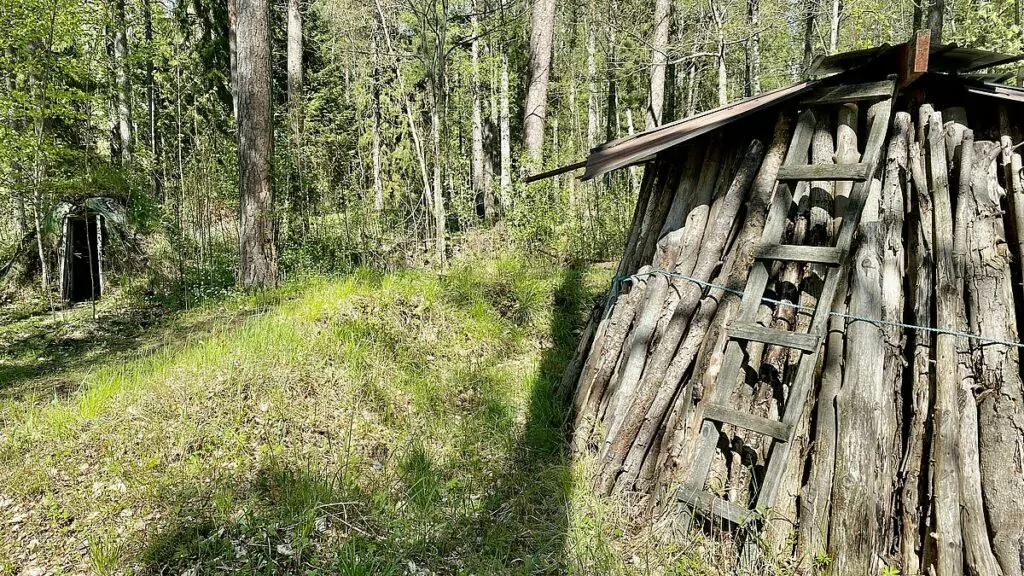
In summary, it was a very nice visit to Lövstabruk, and we can highly recommend discovering the poppy farms in Roslagen.
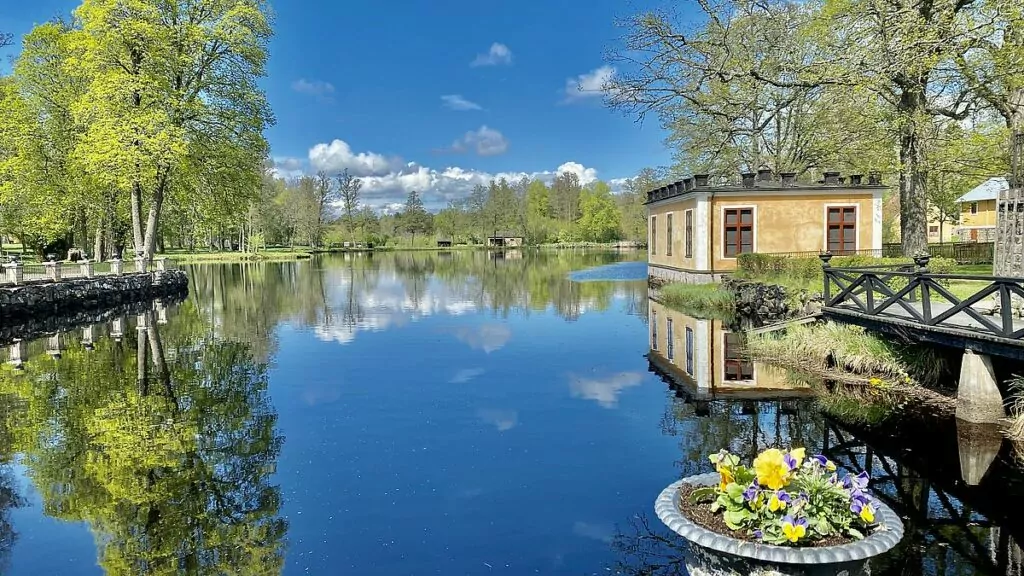
See more in the neighbourhood
In the vicinity of Lövstabruk there are more poppy mills, such as Forsmark's mill and the Österbybruk. There are also other great holiday destinations on the east coast, such as the beautiful Öregrund and Grisslehamn. You can also visit Lignåre cultural reserve and Sikhjälma harbour at Hållnäs.
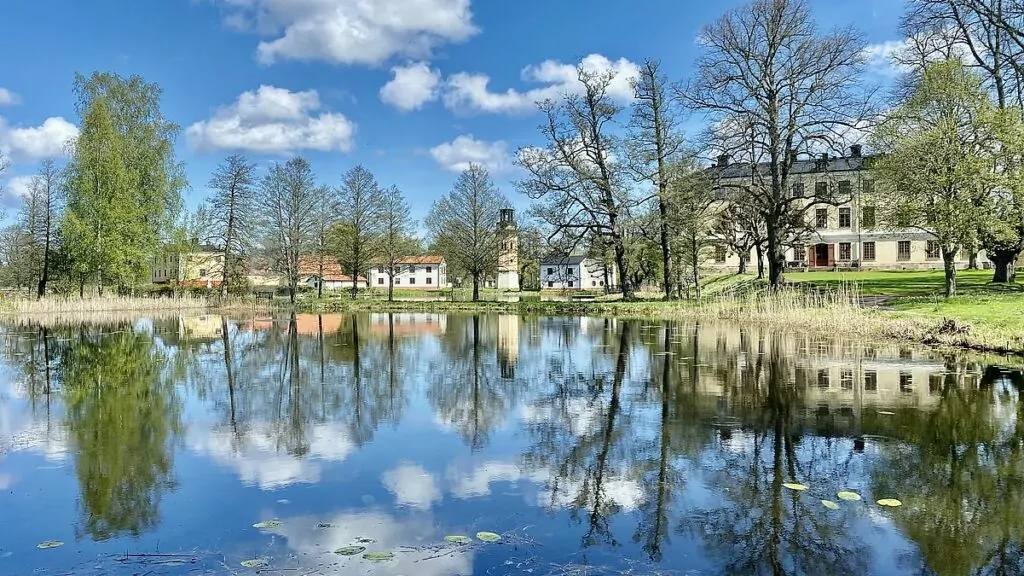
Have you been to Lövstabruk? How was your experience? Do you have more tips on things to see and do in the neighbourhood?

Facts about Lövstabruk
- Address: Lövstabruks Herrgård, 81966 Lövstabruk.
- Municipality: Tierp
- County: Uppsala County
- Landscape: Uppland
- Owners: The National Property Board manages large parts of the mill, while other parts are owned by Tierpsbyggen AB, Tierp's parish council and private owners. The manor house is run by the Leufsta Foundation.
Tours and activities
- Views: Guided tours of the manor are sometimes organised, as well as "open manor" tours. Tours can also be booked for groups. There is also a digital audio tour via the app "Upplev Norduppland".
- Activities: Erika Galle, norra klensmedjan (traditional forging), Klaverens hus (collections of instruments and industrial memorabilia), Lövstabruk church with the Cahman organ, Smedsbostaden, Lövstaölets vänner (courses and tours), Gottfrid skytts snickeri, Leufsta bruksarkiv, Lövstabruk cultural association, Leufstabruk brewery and Galleri Perphorm.
- Activities for children: Children's use with a playground, child-friendly family tours and activities for school classes/preschools. Please note that some activities are closed during the pandemic.
- Events: Exhibitions, chamber music festival and more.
Services and practical information
- Opening hours: See the mill's website for current opening hours.
- Prices: Walking in the park area is free of charge and tickets for guided tours can be purchased at the Tourist Information Centre.
- Food service: Värdshuset (open all year round) and Café Norra porten (open in summer).
- Shop: There are shops in the Tourist Information Centre, Hantverkets Hus, Lövstaboden and Drivhuset. They sell things like handicrafts, plants and ice cream.
- Accommodation: Gamla Brukshandelns B&B and B&B Strindbergs Gård Authentic rooms in an ancient environment.
Finding Lövstabruk
- Car: From Stockholm, Uppsala or Gävle, drive towards Tierp. Then turn off towards Skärplinge (Industrigatan), and then towards Lövstabruk (road 76). From Stockholm or Uppsala you can also take road 290, past Österbybruk.
- Municipal: Search for municipal transport modes on ul.se
History of Lövstabruk
- The Middle Ages: Already at this time, iron processing began at Lövstabruk.
- 16th century: A farm was operated on the site by farmers in Österlövsta parish. At the end of the century, the Lövsta crown mill was built.
17th century
- 1626: Lövstabruk was leased to the Dutch merchants Willem de Besche and Louis de Geer.
- 1643: Louis de Geer became the owner of Lövstabruk and moved part of his business to Sweden.
- 1652: Louis de Geer died and Lövstabruk was taken over by his son Emanuel. During this time, the foundations for a larger mansion were laid.
- 1692: After Emanuel's death, the mill was inherited by his nephew Charles de Geer, and during this time the mill was given its strict urban plan.
18th century
- 1719: Most of the buildings were burned during the so-called 'Russian devastation'. Charles de Geer then rebuilt the mill according to the same plan.
- 1728: The famous Cahman organ, designed by Johan Niklas Cahman, was completed.
- 1730: Lövstabruk became a feudal estate.
- Mid-18th century: Charles de Geer modernised the building and built pavilions for the library and the Natural History Museum.
20th century to present
- 1986: The Leufsta Foundation was established by Uppsala County Council, the County Administrative Board, Uppsala University, Tierp Municipality and the de Geer family.
- Present tense: Today, the Leufsta Foundation runs visitor and tourist activities in the manor house and several buildings. Large parts of the buildings and park are managed by the National Property Board.



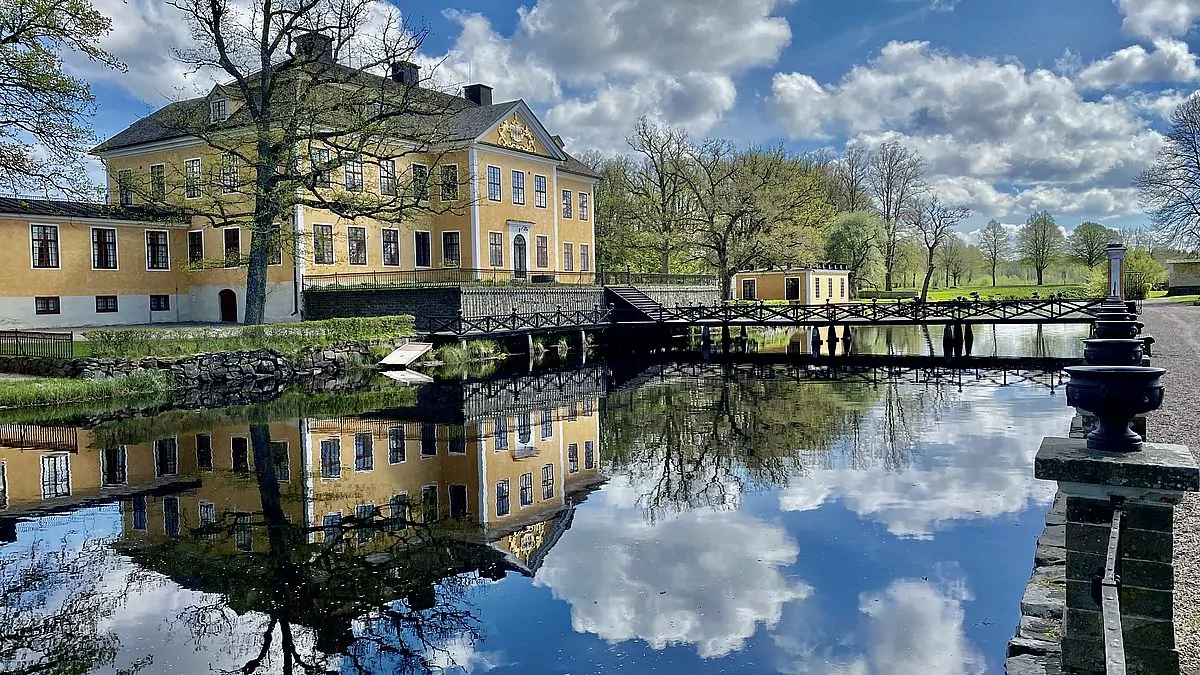






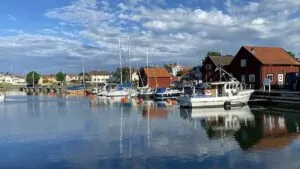
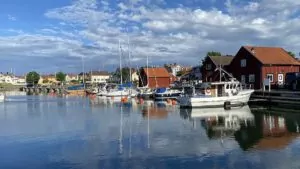
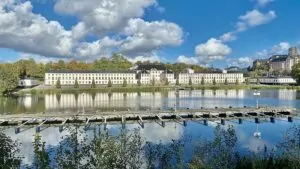
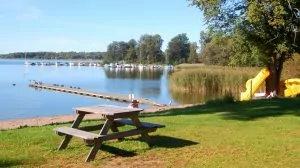
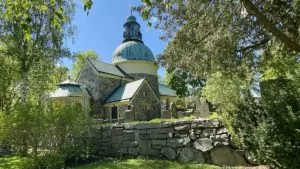
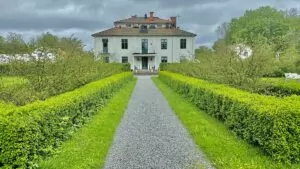
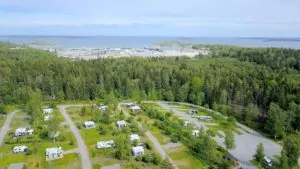

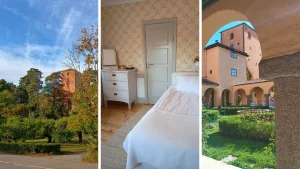
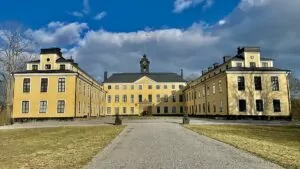

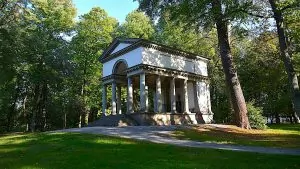
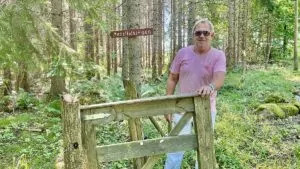
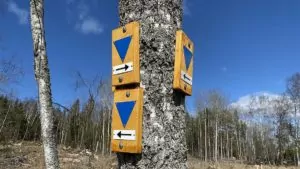
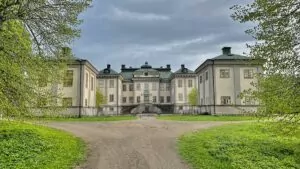
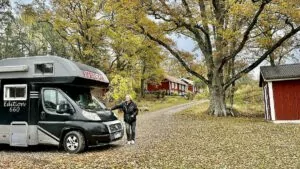
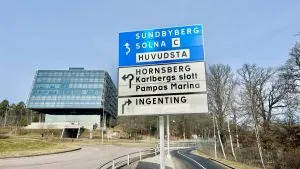
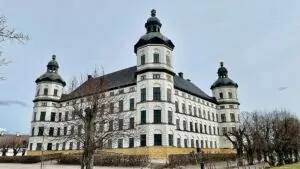

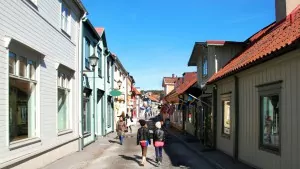
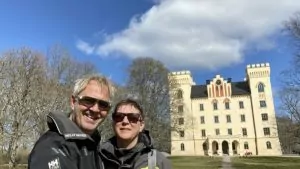
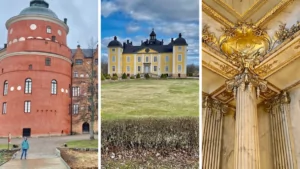
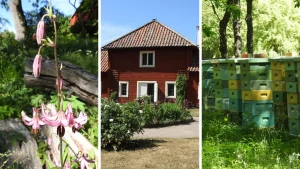
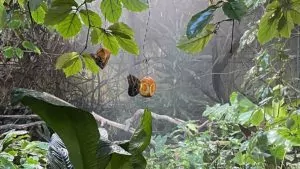
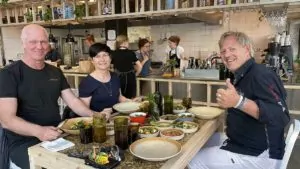

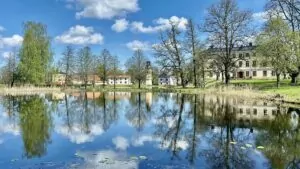
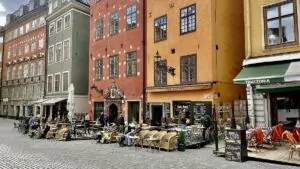
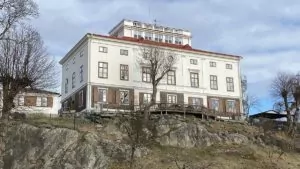
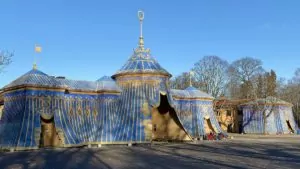
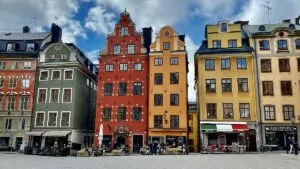
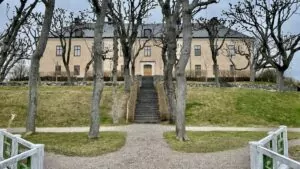
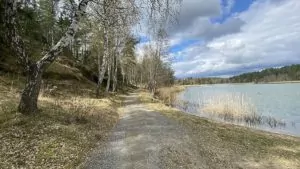
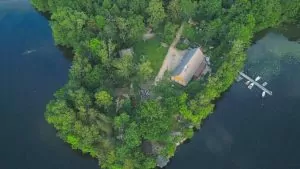
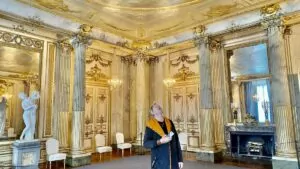
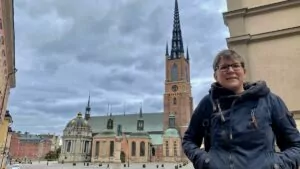
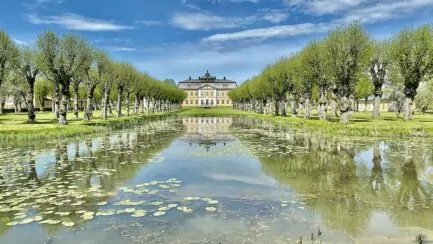
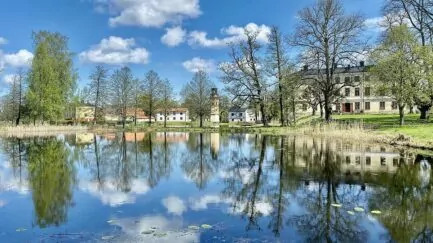
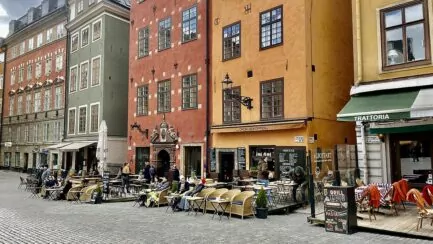



Nils-Åke+Hansson says:
It is so fantastic nice surroundings are ... Like to walk around in these environments. Louis de Geer, I walked / cycled past the statue during my schooling in Norrköping. (There is a stately statue of Louis de Geer) And also my education in the professional life, I came into contact with Metallurgy the doctrine of the production of metals.
22 May 2021 - 9:16
Helena says:
Yes, really fantastic! We were surprised! Understand that you can relate in several ways!
23 May 2021 - 8:43
Maria's memoirs says:
It looks great there In my hometown, there is also said to be some Walloon blood, because there is a former ironworks that operated during the 18th-18th century. I have blogged several times about this place as it is also so beautiful to photograph here in different seasons, including here
In my hometown, there is also said to be some Walloon blood, because there is a former ironworks that operated during the 18th-18th century. I have blogged several times about this place as it is also so beautiful to photograph here in different seasons, including here . https://mariasmemoarer.com/2016/june/kimo-bruk-parlan-i-min-hemby-2.html
. https://mariasmemoarer.com/2016/june/kimo-bruk-parlan-i-min-hemby-2.html
22 May 2021 - 18:25
Helena says:
That's interesting! I did not know that such a mill also existed in that area, you learn all the time! And in the last year you have had time to learn more about your homeland .
.
23 May 2021 - 8:45
BP says:
The header image is another such fantastic dream image.
One thing that strikes me is that all the castles, mills, etc. are wonderfully maintained. Not one bit dirty or in need of refurbishment and repainting. Good for you!
And you really had fantastic weather:-9
22 May 2021 - 19:47
Helena says:
There are really many beautiful places in Sweden, and here it was grateful to take pictures, with the water and the fantastic weather I agree that many places we visit are nicely maintained. It can be a little worn sometimes, but usually it is to a lesser extent and many times there is a plan for refurbishment.
I agree that many places we visit are nicely maintained. It can be a little worn sometimes, but usually it is to a lesser extent and many times there is a plan for refurbishment.
23 May 2021 - 8:47
Lena - good for the soul says:
Wow, how nice! It definitely looks like it's worth a visit! I have long thought about going there sometime. I like such environments!
Hug Lena
07 June 2021 - 5:48
Maud says:
The picture with the charcoal mile is a charcoal mile and the other is the charcoal hut where the charcoal worker slept/rested to keep an eye on the mile. Do not know if it is in the forest next to the mill located at the mansion or if there are several there now. It looks so different but the coal mile lacks stiffness. If so, I have been there many summers and helped grandfather Herbert Jansson at the mile. Many childhood memories in Lövstabruk.
If so, I have been there many summers and helped grandfather Herbert Jansson at the mile. Many childhood memories in Lövstabruk.
22 July 2023 - 1:11